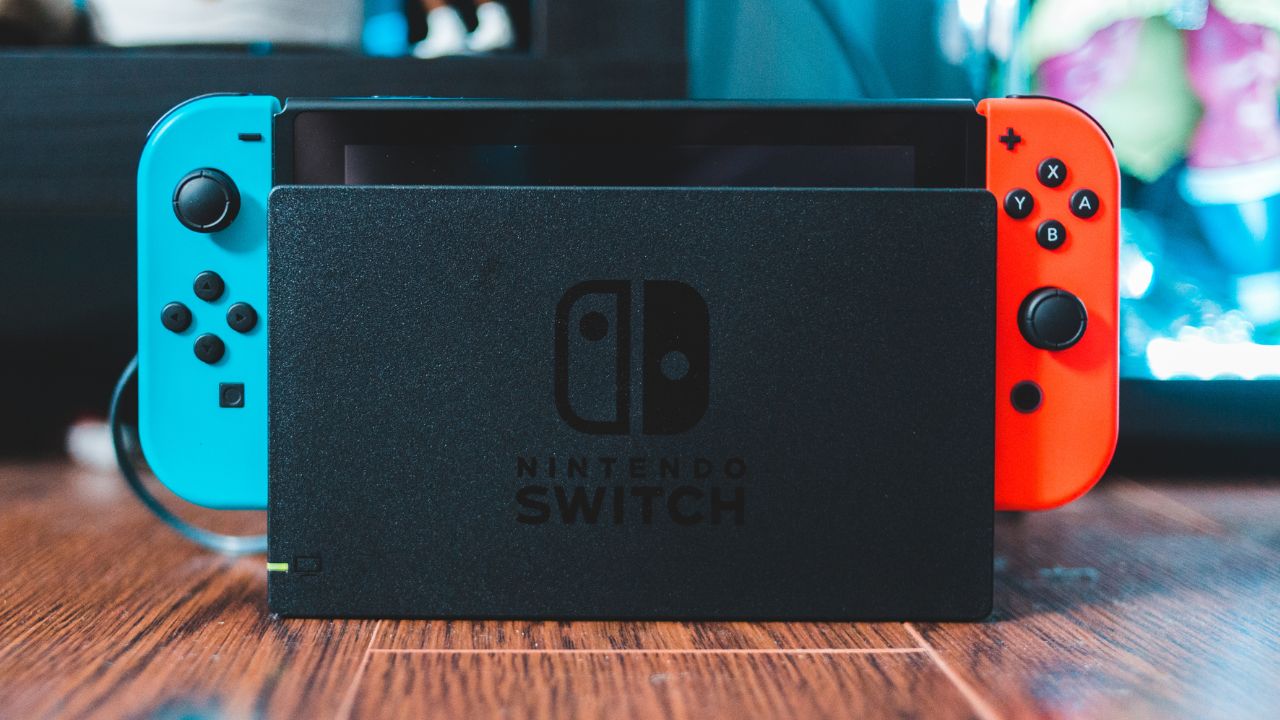Nintendo Switch games often cost significantly more than their PC counterparts, leaving many gamers frustrated with the price difference. While a game might cost $10 on Steam, the same title could be priced at $50 on the Switch. This pricing gap creates a real challenge for budget-conscious players who want to enjoy their favorite games on Nintendo’s popular console.
Switch games cost more than PC games primarily because cartridges are expensive to manufacture, Nintendo maintains strict pricing control, and the console has a captive audience willing to pay premium prices. The production costs for physical cartridges far exceed those of digital downloads or disc-based games, which directly impacts the final price consumers pay.
Understanding why this price difference exists can help gamers make smarter purchasing decisions and find ways to save money on their favorite titles. The reasons behind these higher costs involve manufacturing expenses, market positioning, and Nintendo’s unique business approach that differs greatly from the PC gaming market.
Why Nintendo Switch Games Are So Much More Expensive?
Nintendo Switch games cost more than PC games because of several business decisions Nintendo makes. The company controls its platform tightly and uses expensive cartridges instead of cheaper digital downloads.
Does Nintendo’s Closed System Drive Up Game Prices?
Nintendo runs a closed ecosystem where the company controls everything about its platform. This means all games must go through Nintendo’s approval process before they reach players.
Game developers pay licensing fees to Nintendo for every game they sell on the Switch. These fees can range from $10 to $15 per game cartridge. PC games don’t have these same restrictions since developers can sell directly to customers.
Nintendo also charges developers for using their development tools and getting technical support. These costs get passed on to buyers through higher game prices.
The closed system means Nintendo can set strict rules about pricing. Developers have no choice but to follow these rules if they want their games on the Switch.
Why Do Cartridges Make Games More Expensive?
Switch games come on cartridges instead of discs like other consoles. Cartridges cost much more to make than discs or digital downloads.
A single game cartridge costs between $5 to $10 to produce. A DVD or Blu-ray disc costs less than $1 to make. This huge difference in manufacturing costs gets added to the final price.
Cartridges also need special packaging and shipping methods. They take up more space than discs and weigh more. This increases shipping costs for retailers and game companies.
Nintendo chose cartridges because they load games faster and work better with the Switch’s portable design. But this choice means higher prices for everyone who buys games.
How Does Limited Store Competition Affect Pricing?
Nintendo’s eShop is the main digital store for Switch games. Unlike PC gaming, where players can choose from many different stores, Switch owners have fewer options.
Steam, Epic Games Store, and other PC platforms compete by offering sales and lower prices. This competition drives down game prices over time. Nintendo’s eShop doesn’t face the same pressure.
Third-party retailers like GameStop and Best Buy sell physical Switch games. But Nintendo still controls the base price these stores pay. This limits how much retailers can discount games.
The lack of competition means Nintendo games rarely go on sale. Popular titles like Mario and Zelda games stay at full price for years after release.
How Does Nintendo Control Game Pricing?
Nintendo uses strict pricing policies to keep game prices high across all stores. The company sets minimum prices that retailers must follow.
Game developers cannot sell their Switch games below Nintendo’s set prices. This prevents the price wars that happen on PC platforms. Nintendo can enforce these rules because they control the platform completely.
Nintendo also limits how often games can go on sale. Even during holiday seasons, Switch games see smaller discounts than PC games. Popular first-party Nintendo games almost never drop below $40.
The company believes keeping prices high protects the value of their games. This strategy works because Switch games stay popular for longer periods than games on other platforms.
How Do Nintendo Switch and PC Game Markets Compare?
The Nintendo Switch and PC gaming markets work very differently when it comes to pricing and sales. PC games get frequent discounts and bigger price cuts, while Switch games hold their value longer with fewer sales.
Do PC Games Go on Sale More Often Than Switch Games?
PC gaming platforms like Steam offer sales almost every week. Major sales happen during summer, winter, and seasonal events. These sales can cut game prices by 50% to 90% off the original cost.
Steam’s daily deals and flash sales create constant opportunities for savings. Other PC platforms like Epic Games Store and GOG also compete with regular discounts. This creates a market where patient buyers rarely pay full price.
Nintendo Switch sales happen less often and offer smaller discounts. Nintendo’s first-party games like Mario and Zelda rarely drop below $40 even during sales. Third-party Switch games do go on sale more frequently than Nintendo’s own titles.
PC gamers expect deep discounts within months of release. Switch owners often wait years for meaningful price drops on popular games.
How Do Used Games Affect Switch vs PC Pricing?
Physical Switch games can be resold, traded, or bought used. This creates a secondary market that helps offset high initial prices. Gamers can buy a $60 game, play it, and sell it for $45 to $50.
PC games are mostly digital downloads tied to specific accounts. Steam, Epic, and other platforms don’t allow game resales. Once someone buys a PC game, they own it forever but can’t get money back by selling it.
The used game market gives Switch owners more flexibility with their purchases. They can take risks on expensive games knowing they can recoup some costs later.
PC gamers must rely on official sales and key reseller sites for savings. They can’t trade games with friends or sell unwanted titles.
Are Game Prices Different Around the World?
PC platforms use regional pricing that adjusts costs based on local income levels. A game that costs $60 in the US might cost $30 in countries with lower average wages. Steam automatically shows prices in local currency.
Nintendo uses more uniform global pricing with less variation between regions. A $60 Switch game in America typically costs about the same relative amount in Europe or other markets.
PC regional pricing makes games more accessible worldwide. Developers can reach more customers by lowering prices in emerging markets. This flexibility doesn’t exist as much on Nintendo’s platform.
Some regions get better deals on Switch games through different eShop stores. But Nintendo has been reducing these price differences over time.



